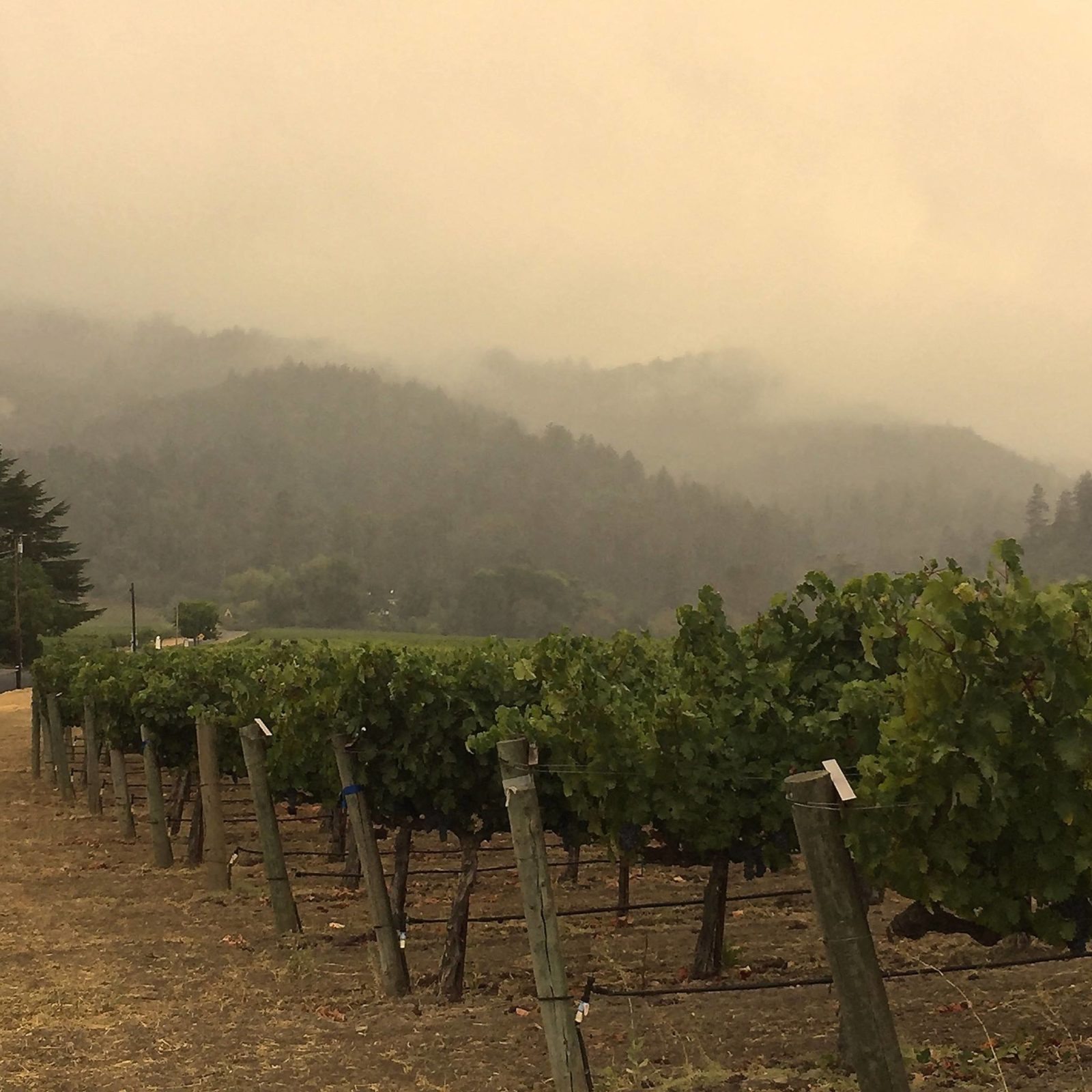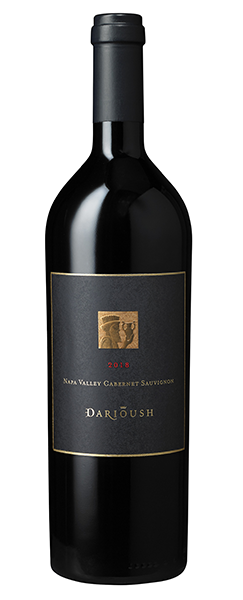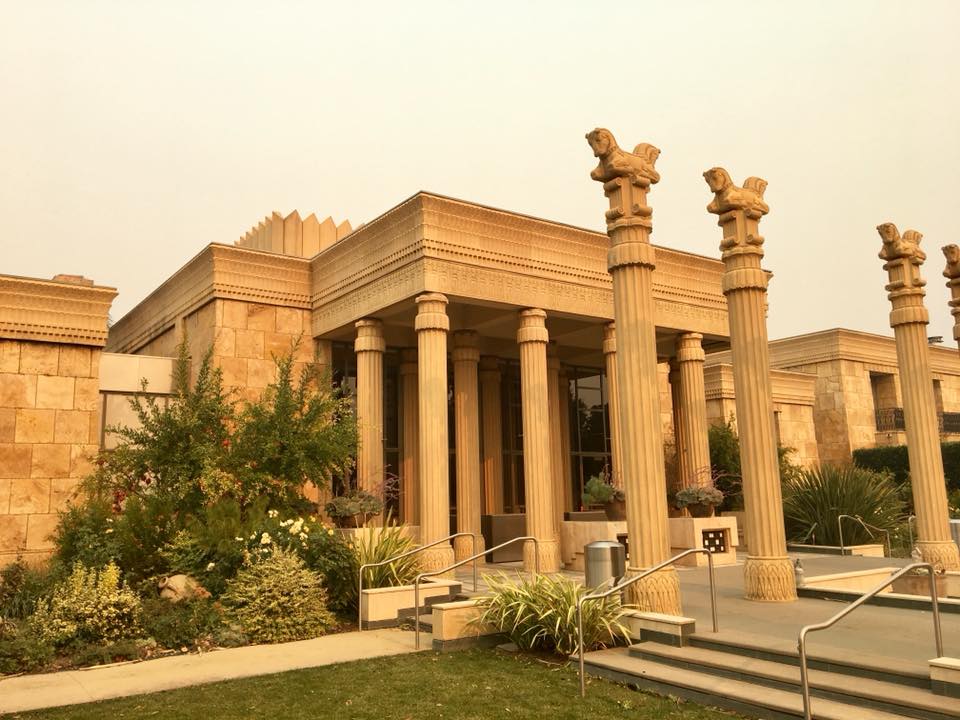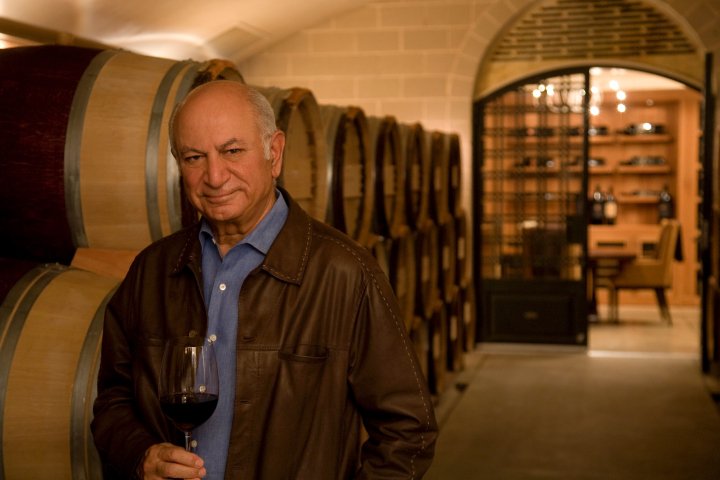Discovering Darioush Napa Valley Cabernet Sauvignon


In the last issue, I shared my discovery at Spec’s Wines of a Pinot Noir from Burgundy. The wine had a smooth, full-bodied taste and was surprisingly inexpensive. Readers learned about the winery, the location and age of the vines, and some fun history about winemaking in Burgundy. Hearing the article boosted sales of the Pinot made me want to share another discovery. This time I’m coming at you with a Napa Valley Cab.
My friend John is a formidable host. While hanging out in his kitchen one night, he yanked from his stash a bottle of Darioush Napa Valley Cabernet Sauvignon and said, “A friend turned me on to it. It’s a big ass wine with fruit forward, you don’t have to wait for it.” When the Cab hit my throat, I experienced a moment of utter happiness, like the night I heard Sinatra at Caesars, or climbed a mountain in Crete and saw the sea above North Africa.
I located the big ass wine in the Montrose neighborhood HEB, locked in a cabinet with double padlocks. Labeled “Highly Rated,” HEB sells the Darioush Cab’s 2018 vintage for $135.67. While assisting me, HEB’s wine guy Rich had an expression of awe. “It’s such a fine wine.” Darioush Winery prefers to sell “in house” to hotels and restaurants, Rich explained, but sells to HEB because of its volume. Kroger in Montrose had the Cab, and the locked cabinet. Lacking “supply chain” disruptions, Total Wine near West University, and Spec’s Wines downtown sell the Cab.
Curiosity led me to the wine menu at Sorrento, a restaurant I adore. Sorrento offers the Cab’s current vintage for $230. Although, Sorrento’s wine menu has a “Special and Rare” section. There I found the 2012 Darioush Cabernet Sauvignon for $3900. This is for high rollers. At Sorrento, ask for Sergio Vazquez, unquestionably the best waiter in Houston.
My next step was to check Darioush winery’s website to learn the location of the vines. The Cabernet Sauvignon vines are in the southern part of Napa Valley where warm days and cool nights cause grapes to retain acidity. More precisely, on Darioush estate vineyards located in the Napa Valley, Mount Veeder and Coombsville Appelations, just south of famed Stags Leap. Wine nerds know that Napa wines gained prominence after a Stags Leap Cabernet left French producers in the dust in a 1976 Paris wine competition.
“Wine Enthusiast” called the Darioush Cab “a robustly built, concentrated and grippy wine.” Another tasting note asserts, “A luxuriously thick and decadent wine integrated in tannin and oak with a length on the palate.”

The bottle’s label reveals more. Its image of a fop with an artificially curled beard borrows from the ancient citadel of Persepolis, built by the Persian king Darius the Great in 515 BC. Persepolis’ monumental imperial architecture echoes the fact that Darius was the ruler of the largest empire in the world. The King of Kings claimed autobiographically to be the legitimate heir of Cyrus the Great, with the gods’ congratulatory thunder and lightning as proof, even if the historian Herodotus crawfished between legitimate and usurper. Two hundred years later, with Persia’s fifth century sack of the Athenian Acropolis stuck in his craw, Alexander retaliatorily plundered and burned Persepolis in 330 BC. Darioush winery’s Iranian born owner Darioush Khaledi, named for Darius, lived near ancient Persepolis.
Khaledi nods to ancient Persia and his namesake King Darius with more than his bottle label. When Khaledi and his wife Shahpar founded Darioush winery in 1997, they designed their headquarters with architectural features inspired by Persepolis’ palaces, including Persian Achaemenid style columns with “double bull” capitals. Additionally, they named the estate’s southeast corner where the oldest Cabernet Sauvignon vines grow “Apadana Block,” after Persepolis’ ceremonial hall.
Many millennia before Darius, Khaledi’s ancestral land practiced wine making. Khaledi’s birth city Shiraz was historically tied to viticulture, with evidence of grape cultivation dating to 2500 BC. In Shiraz, Khaledi’s father harvested grapes and made homemade wine. As a kid, Khaledi would sneak sips. Significantly, archaeological findings in Northern Iran’s Zagros Mountains prove winemaking was practiced 7000 years ago, in the Neolithic era. Wine deposits dating to 5000 BC are the oldest recorded. Khaledi fancies himself part of this history. In Shiraz, important moments with family were centered on wine and hospitality.

Until the Islamic Revolution waylaid hooch in 1979. Iranian wineries shuttered because despotic clerics thought they could vanquish 7000 years of wine history by outlawing alcohol. A civil engineer, Khaledi had built a successful Iranian construction business, which he lost to the new regime, along with money and real estate. But he owned a California grocery store, so he started over. While Iranian morality police were detaining unveiled women and mullahs were hissing about Western decadence, Khaledi was expanding into a lucrative chain. Back on top, he parlayed his love of drinking excellent Bordeaux in France into a Napa Valley winery.
This guy is dead serious about the American dream, and about providing chances for others. He came here, “seeking opportunity, freedom and personal liberty.” He’s also dedicated to exposing others to Iran’s art and culture, a reason he sponsored the Victoria & Albert Museum’s 2021 Persian arts exhibition. So interesting to see on the winery’s website quotes by the poet Rumi, who like Omar Khayyam, the regime censored and banned for degeneracy.
Darioush.com
@darioushwinery















